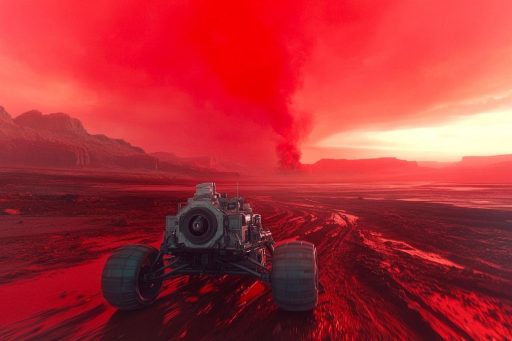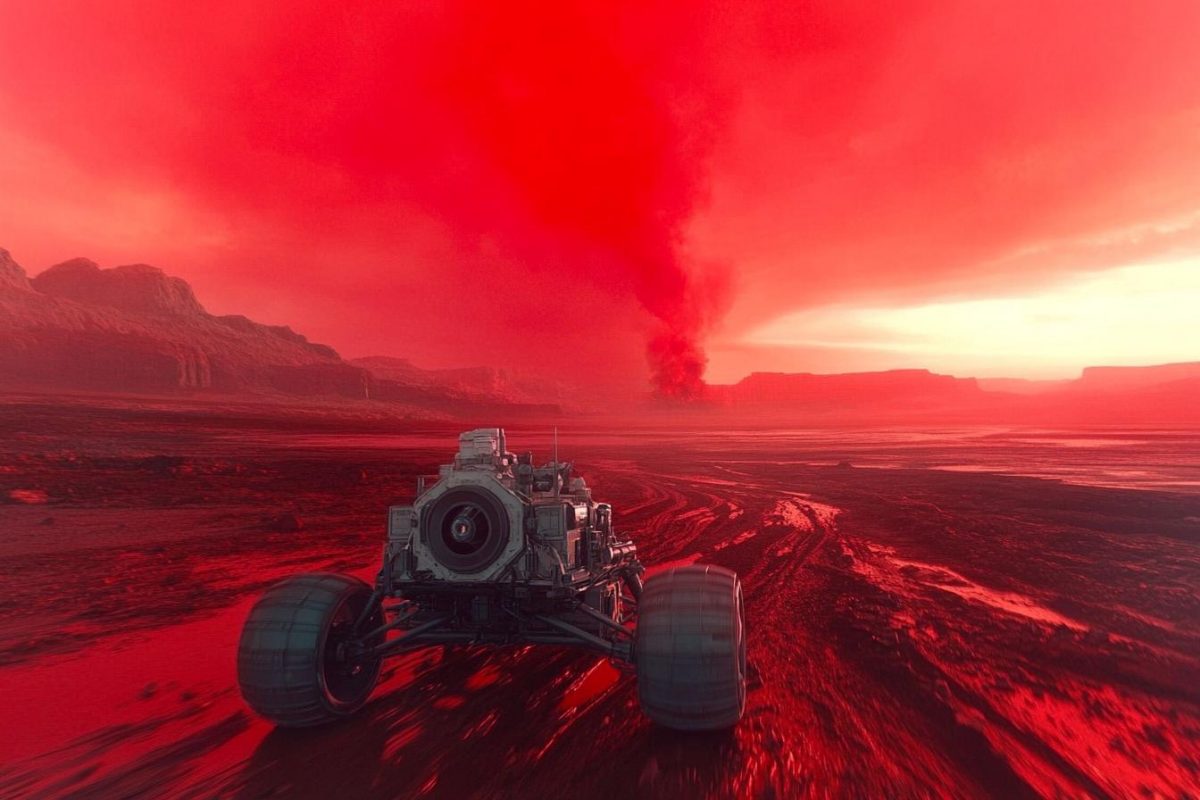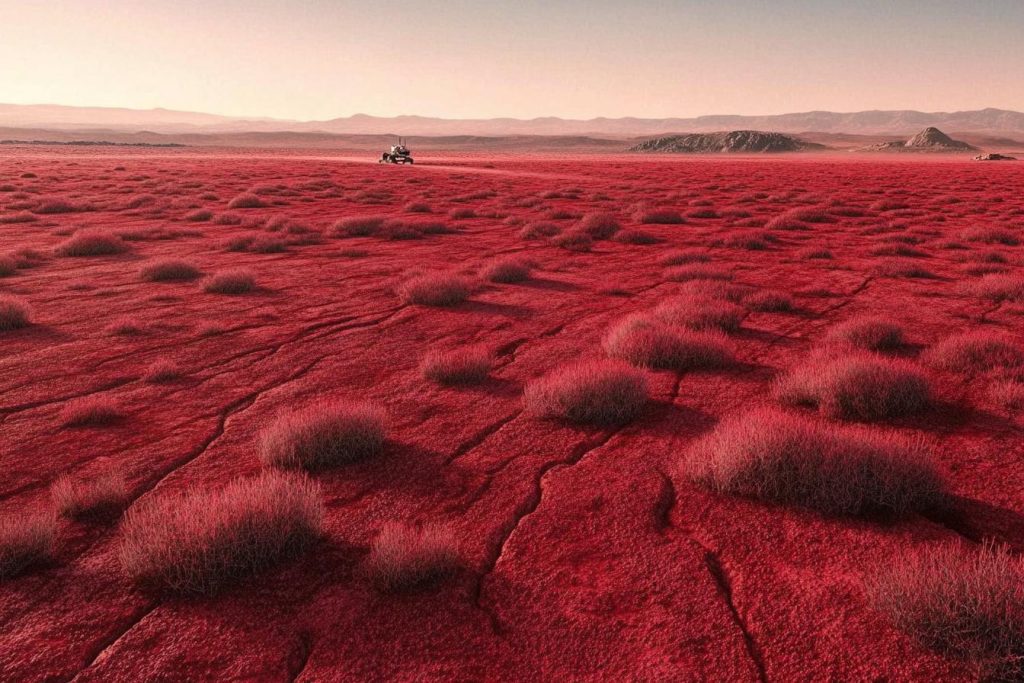
Mars has long been a planet of fascination, its rust-colored surface hinting at ancient secrets and untold possibilities. Recent explorations have uncovered findings that challenge everything we thought we knew—about life, water, and the planet’s violent past. Some discoveries raise more questions than they answer, leaving scientists scrambling for explanations. The deeper we dig into the Red Planet’s mysteries, the stranger—and more exciting—it becomes.
Mysterious Methane Spikes Detected
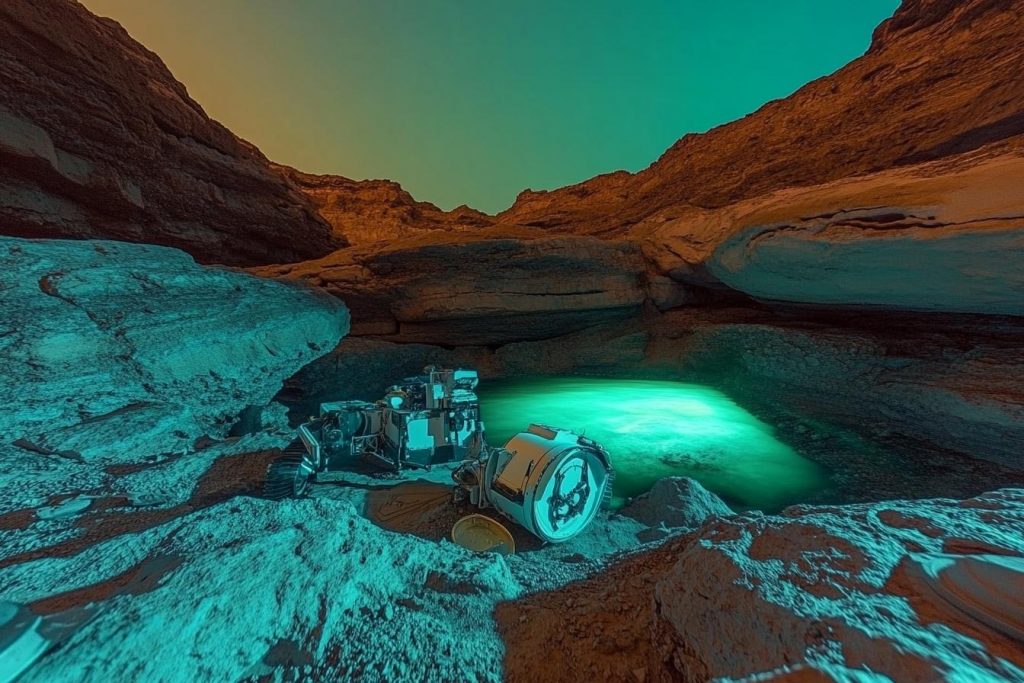
Methane has been detected in sudden, unpredictable bursts on Mars, and no one is quite sure why. On Earth, methane is mostly produced by biological sources, raising eyebrows at NASA and beyond. The Curiosity rover first noticed these spikes years ago, but repeated readings have confirmed it’s not a fluke. Whether it’s geological or microbial, something is producing gas in a way that defies easy explanation.
Traces of Ancient River Systems
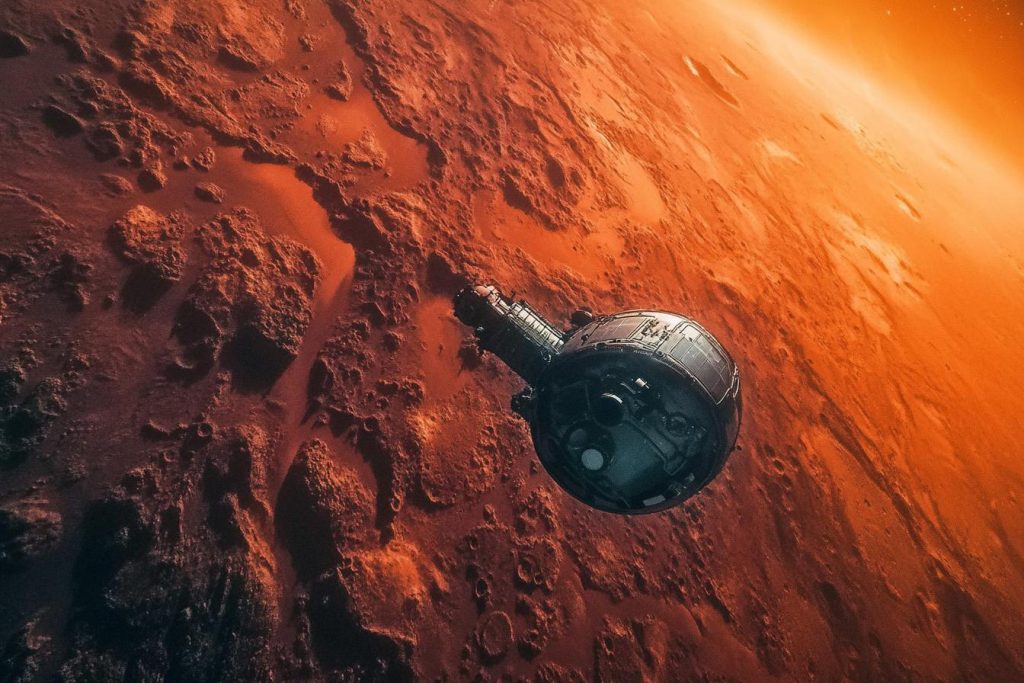
High-resolution imagery from orbiters revealed dry riverbeds and deltas, suggesting that Mars was once home to flowing water. Some valleys stretch for hundreds of miles, complete with branching tributaries, erosion patterns, and sediment buildup. These features suggest not just occasional water, but a sustained hydrological cycle. Scientists now believe Mars may have once supported a climate suitable for life.
A Crater That May Have Held an Ocean
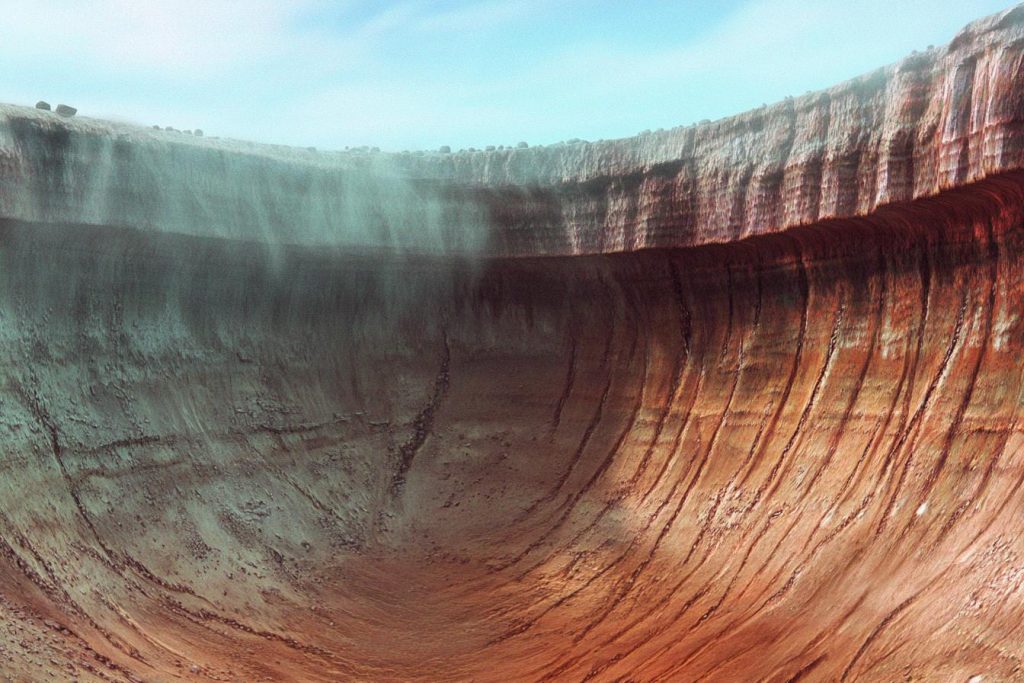
The Jezero Crater, once just another scar on Mars’ surface, turned out to be an ancient lakebed. Satellite data and rover analysis confirmed the presence of delta formations—sediments typically laid down by long-standing bodies of water. Even more surprising are the traces of clay, which typically forms in the presence of water. This single crater may hold the best clues yet to Mars’ watery past—and possibly, its habitability.
Unexpected Magnetic Fields in Ancient Rocks
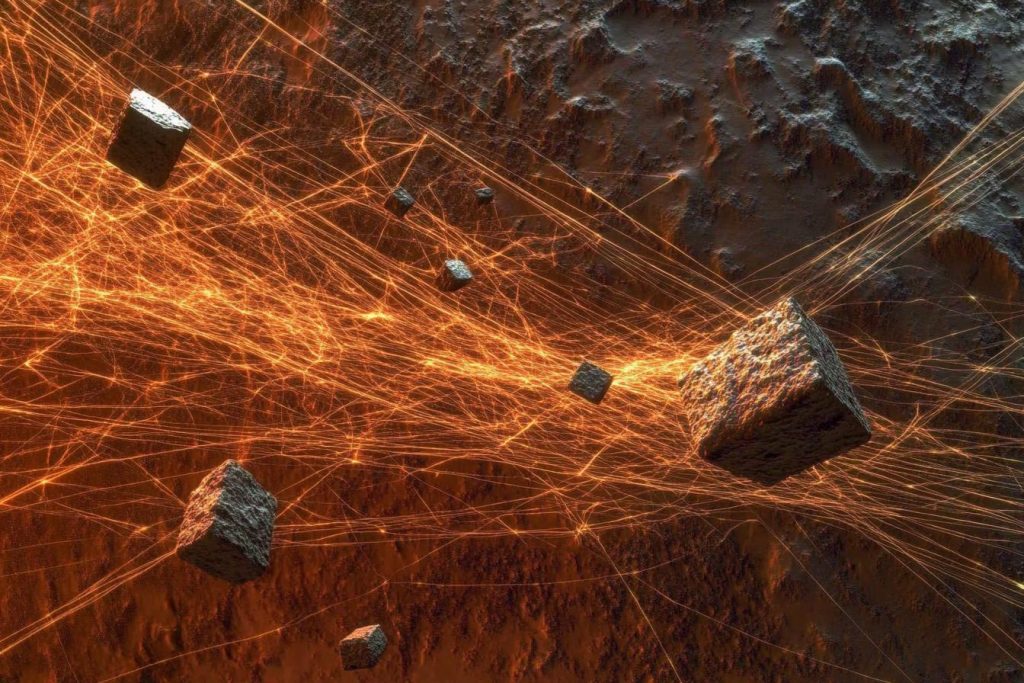
Mars no longer has a global magnetic field, but magnetized rocks discovered by orbiters tell a different story. Some ancient Martian crust still retains strong localized magnetic fields, baffling scientists. These remnants hint at a time when Mars had a protective magnetic shield, much like Earth does now. The question remains—what caused it to vanish, and how did its disappearance affect the planet’s potential for life?
A Strange Substance Found Near the South Pole
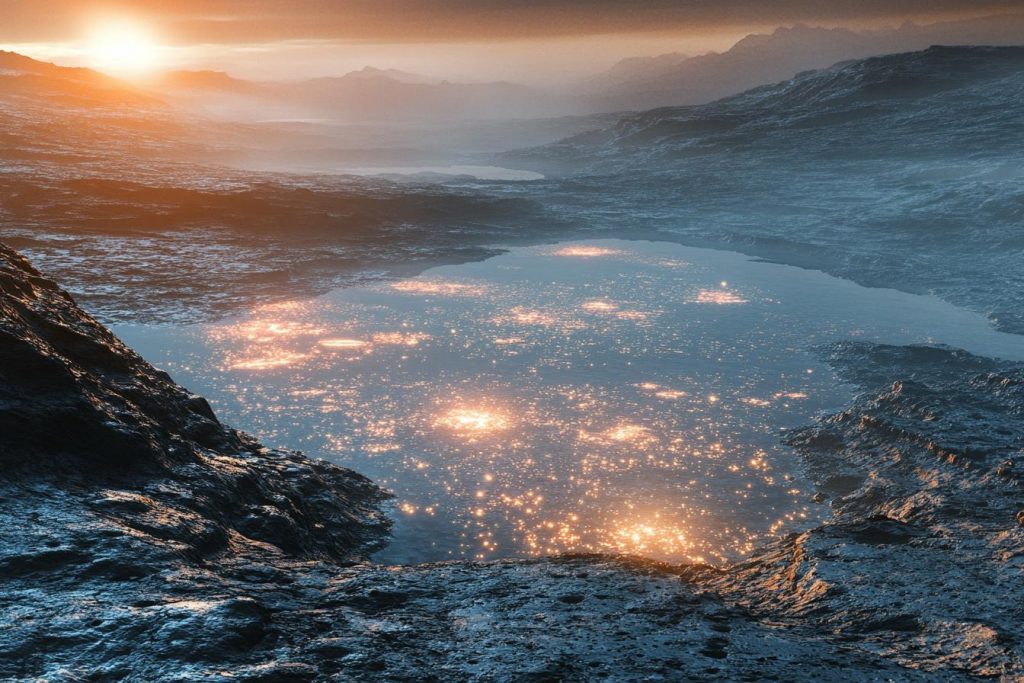
In a surprising radar discovery, scientists detected a reflective layer beneath the southern polar ice cap. Initially believed to be water, the readings now suggest a material unlike anything expected in that region—possibly salty slush or even liquid brine. The conditions there are extremely cold and hostile, making the presence of liquid puzzling. If verified, this could redefine what’s considered a habitable environment.
Recurring Slope Lineae That Come and Go
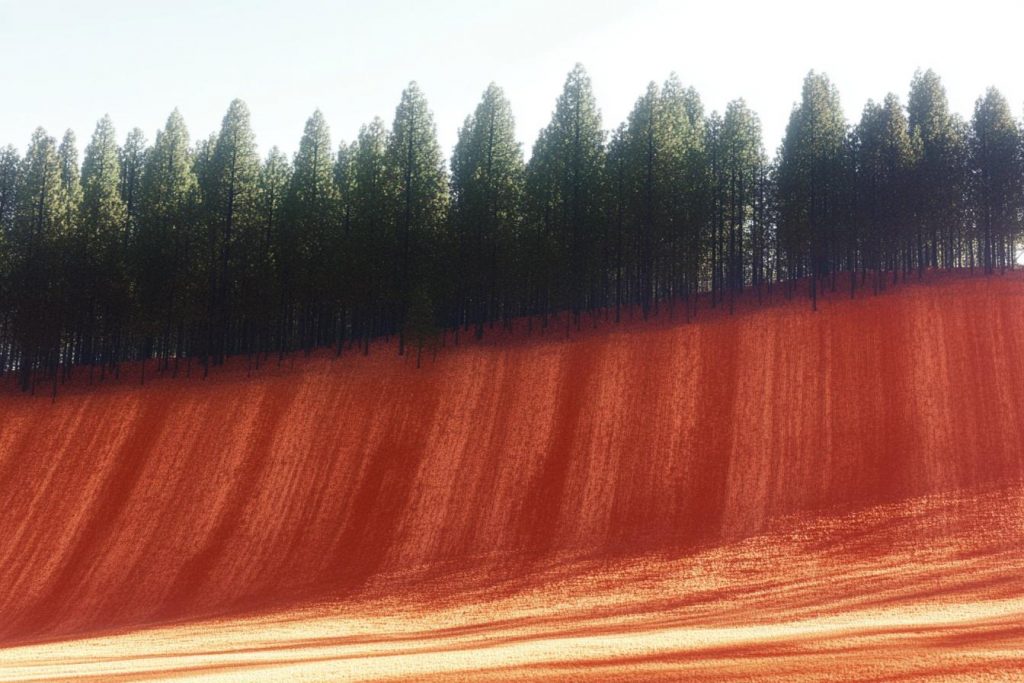
Dark streaks, known as Recurring Slope Lineae, have been observed seasonally appearing and disappearing on Martian hillsides. At first, scientists believed they were caused by flowing water, but recent research suggests they may be dry flows of dust and sand. Still, their rhythmic appearance and unexplained nature continue to spark debate. Could they be signs of hidden subsurface moisture—or something else entirely?
A Giant Dust Storm That Covered the Entire Planet
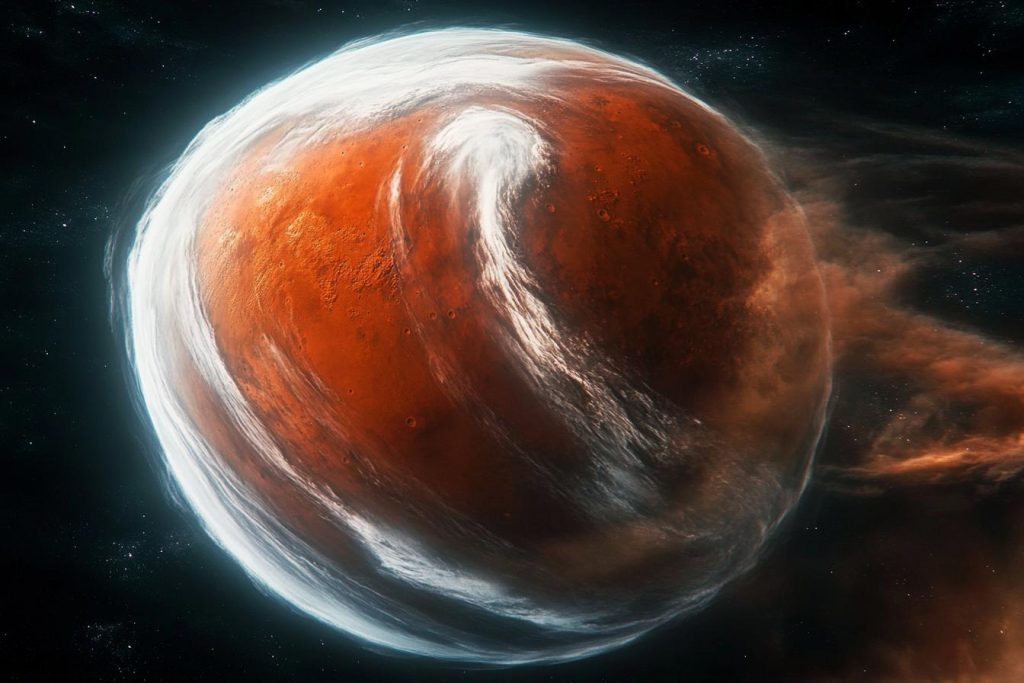
In one of Mars’ most dramatic displays, a planet-wide dust storm blanketed the surface for weeks. These storms are so intense they can shut down solar-powered instruments and alter the planet’s temperature. One such storm ended the mission of the Opportunity rover, which lost contact while trapped in the haze. The sheer power and unpredictability of these storms make them a formidable force—and a mystery of Martian weather.
A Martian Rock Unlike Any Seen Before
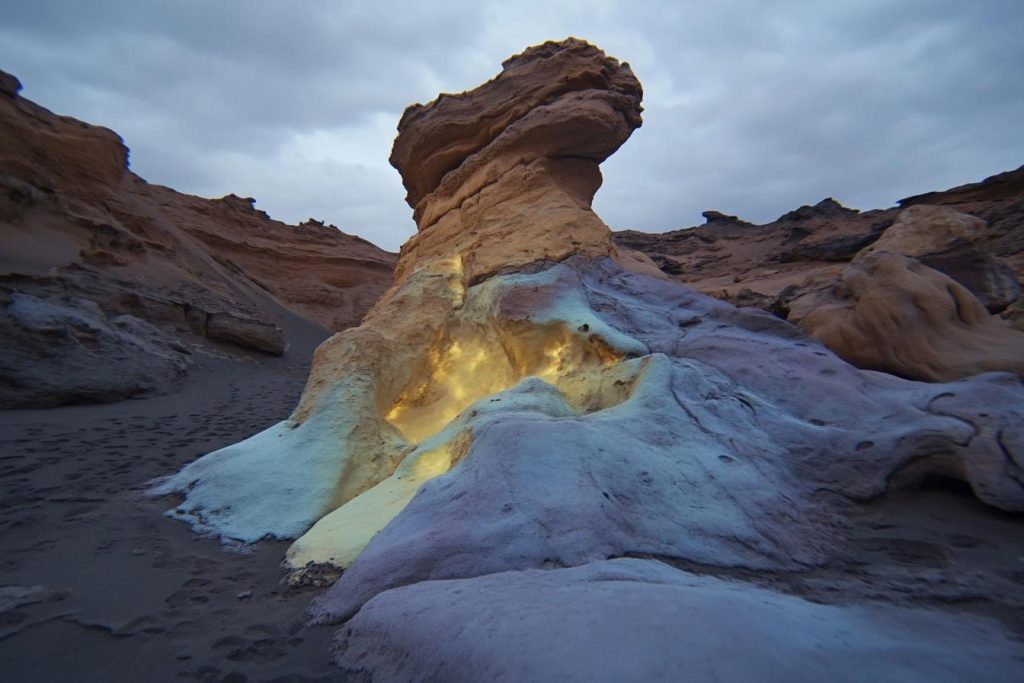
During its mission, the Perseverance rover stumbled upon a rock with an unusual composition—containing minerals rarely seen on Mars. Initial analysis suggested it may have formed under volcanic conditions, or been shaped by water over time. Even stranger, the rock bore signs of weathering that hint at chemical interactions once thought impossible on the Red Planet. It’s a puzzle piece that doesn’t quite fit… yet.
Strange Sounds Recorded from the Surface
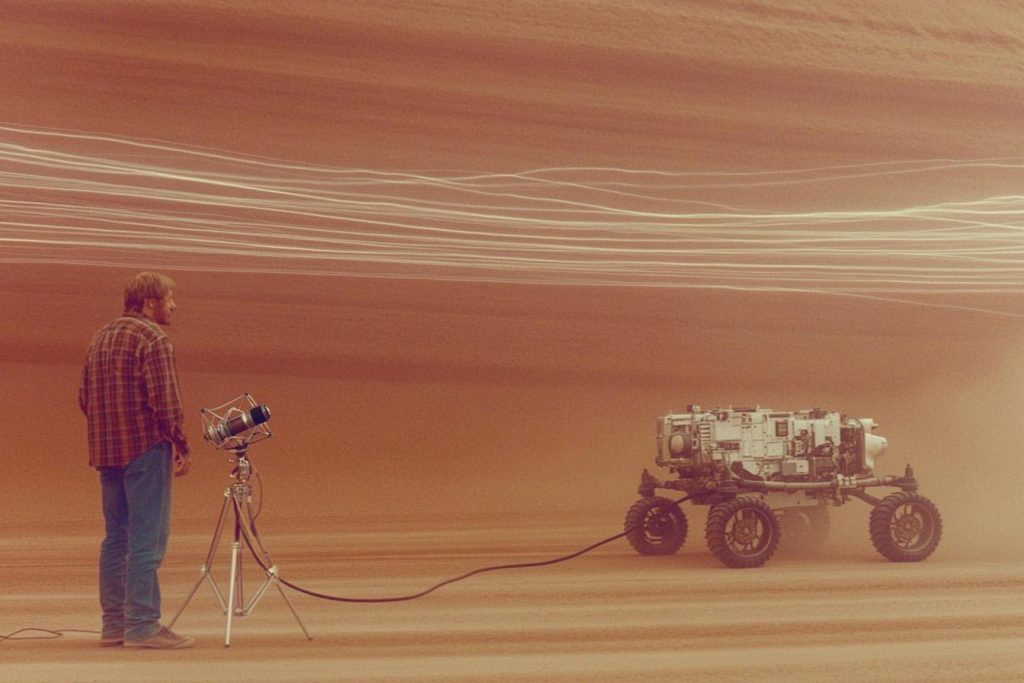
For the first time, microphones on the Perseverance rover captured actual audio from Mars. The sounds—gusts of wind, grinding rover wheels, and even strange atmospheric echoes—offer a surreal new perspective. Some noises, however, remain unidentified, with frequencies and patterns that don’t match anything expected. Mars, it turns out, doesn’t just look alien—it sounds that way too.
Whispers from the Red Frontier
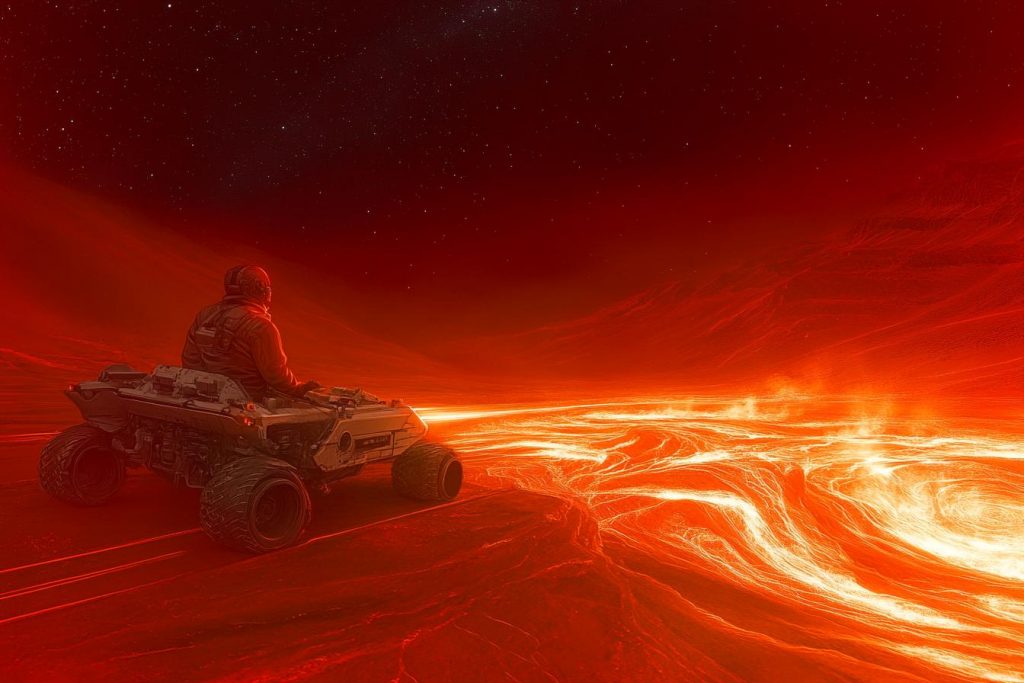
Mars continues to be a planet of paradoxes—dry yet shaped by water, silent yet echoing with strange sounds, lifeless yet never quite giving up the ghost of possibility. Each discovery forces a rethinking of old assumptions, peeling back layers of the unknown. As rovers roam and orbiters scan, it feels like we’re only beginning to grasp the planet’s secrets. What else lies buried beneath its dusty surface, just waiting to shake our understanding once again?

